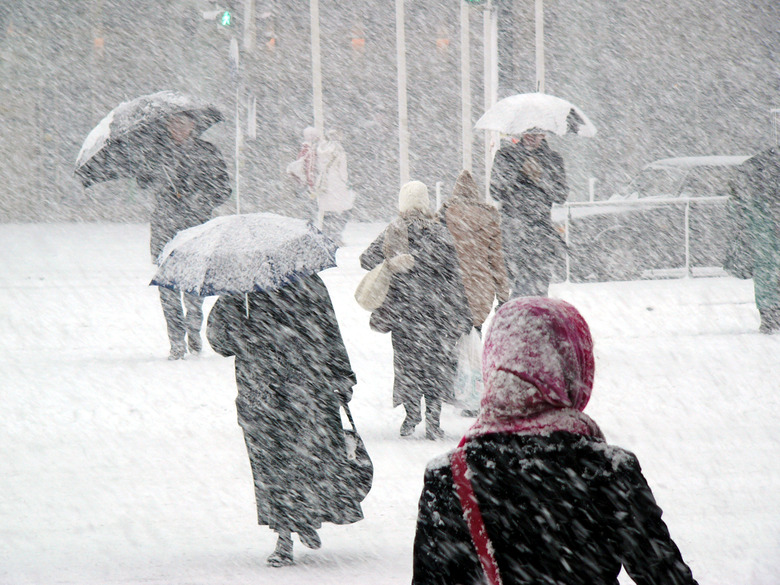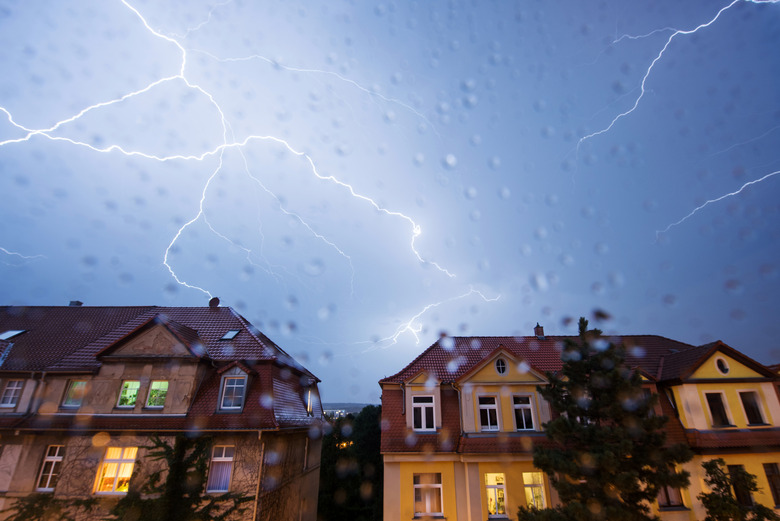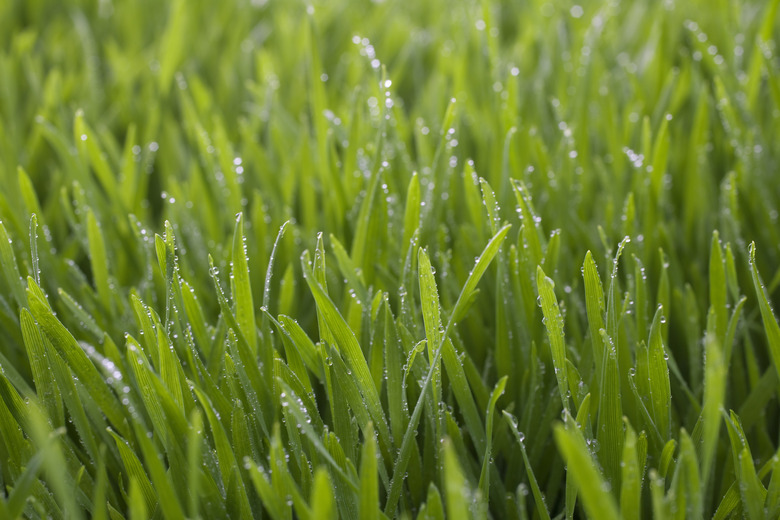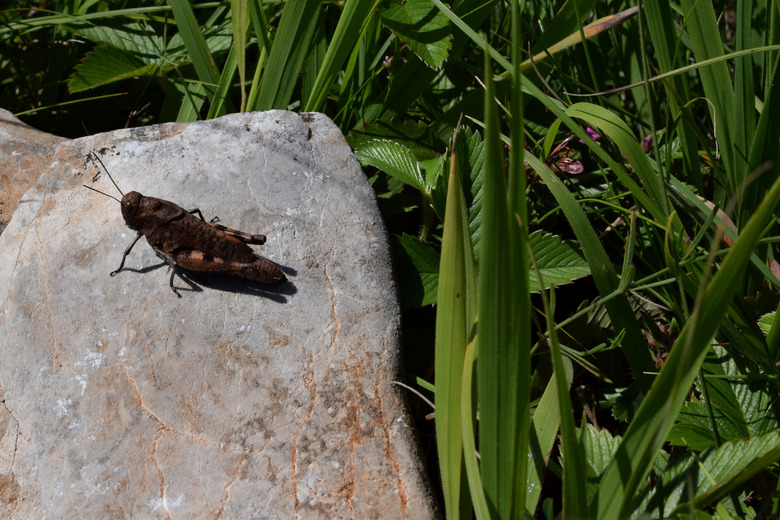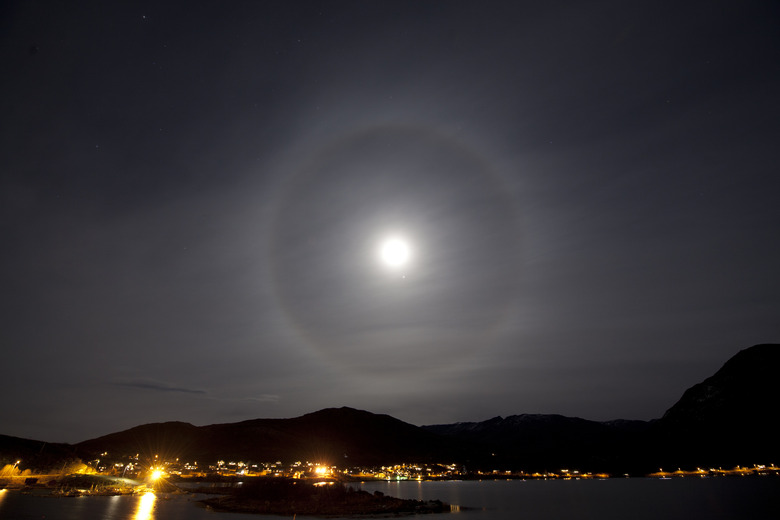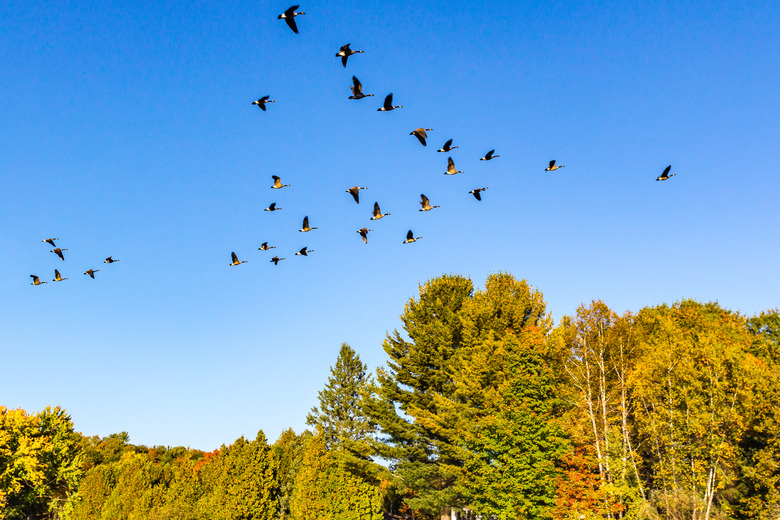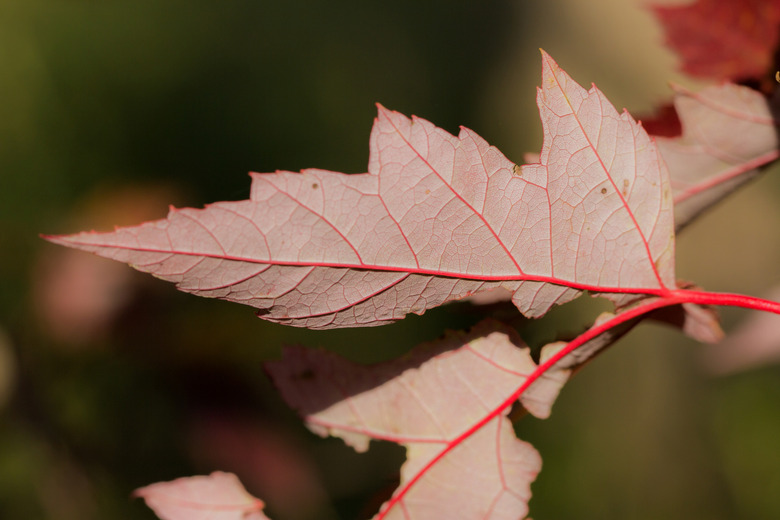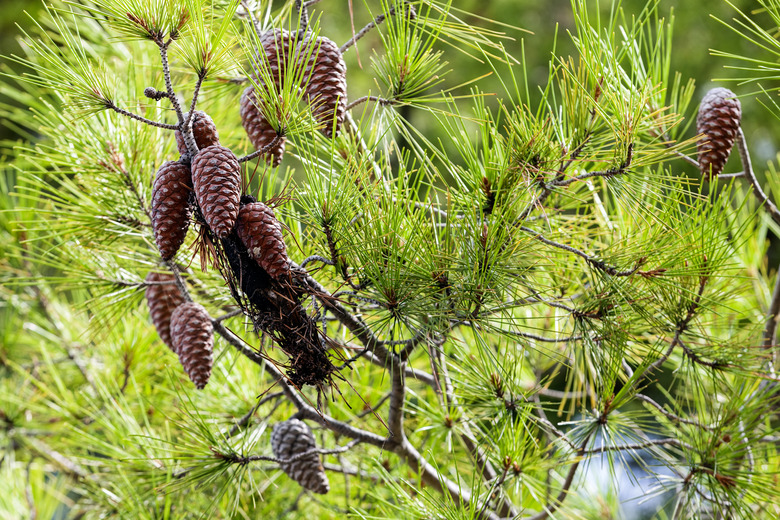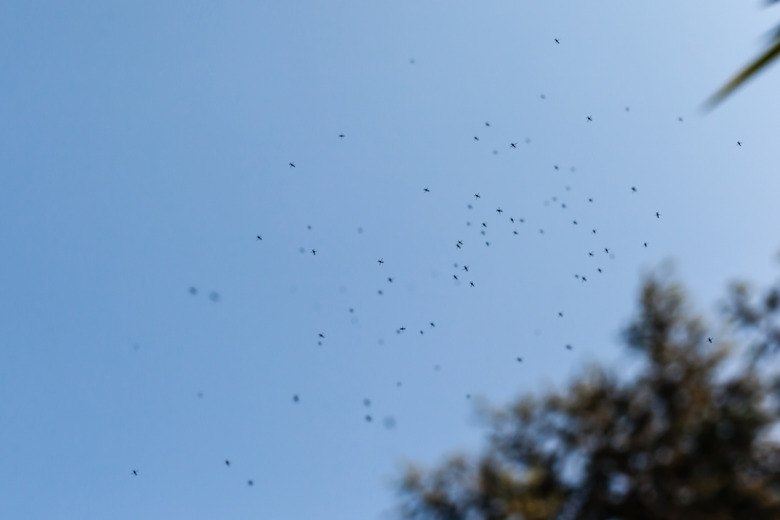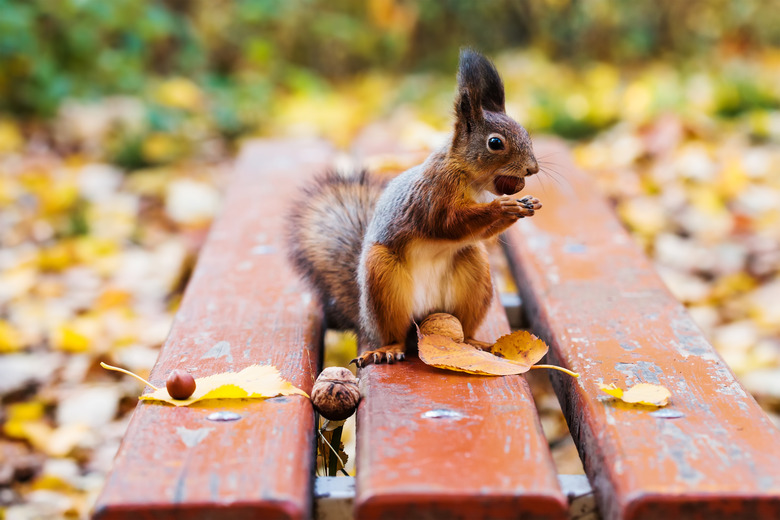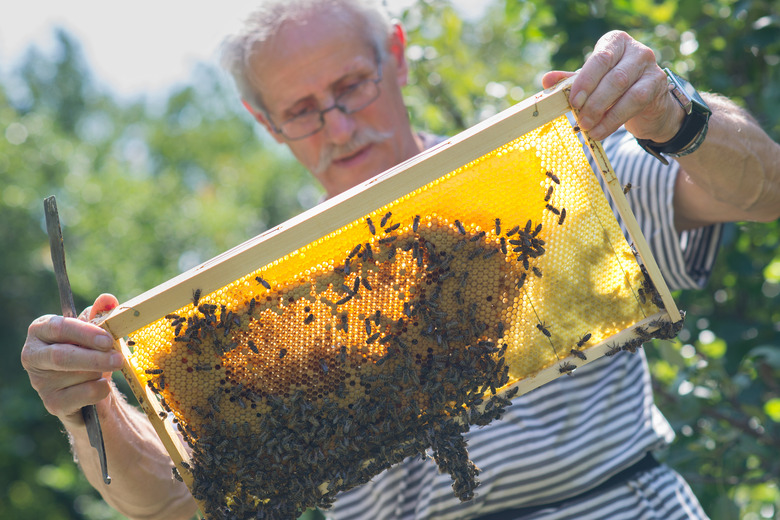Want To Predict The Weather? Look Out For These 17 Signs
Even with technology and meteorologists, it's hard to pinpoint exactly when it's going to rain or where it's going to snow. From determining the likelihood of showers to prepping for humidity, your weather app is handy, but you don't always need it. You can simply look around for nature's signs to predict the weather.
Count and divide to figure out how close a lightning strike hit
You may know this one — "one-one-thousand, two-one-thousand, three ..." and so on. But are you dividing by five? The U.S. National Weather Service says you can find out how far you are from a lightning strike by counting the seconds between the flash and the thunder and then dividing that number by five. There's your answer in miles.
If you spot a red sunrise, rain is on its way
You may have heard the saying, "Red sky at night, sailor's delight. Red sky in the morning, sailors take warning." According to the National Oceanic and Atmospheric Administration, the red sky is a result of the way sunlight is scattered in different weather systems. A red sunrise can mean that a high-pressure system has passed and a storm system, or a low-pressure system, may be moving to the east. A sunrise with a deep red hue can indicate that there is high water content in the atmosphere and rain could be on its way.
Smell the storm coming
People who say they can smell a storm coming might be correct. But what they're really smelling is ozone, which is a naturally occurring gas in the atmosphere. It can be hard to describe the scent of ozone, but for many it comes across as smelling "clean." According to NOAA, ozone has a distinct smell that humans can detect even at very low amounts. When it's about to rain, you might smell the ozone being brought down by the storm's downward current of air from a higher altitude.
Your sense of smell is heightened
It's not just the ozone you are smelling when a storm is brewing. Flowers and other odors will be more pungent because smell travels better in humid air than arid air. This is because there are more water molecules in the air to bind to particles that carry odor and bring them to our nose.
Check for dew on the grass when you wake up
If there's dew on the grass in the morning, it could be a sign that it's going to be a clear day. Dew often forms after a cool and clear night. If dew has time to form on the ground, it means the clear skies allowed the earth to cool and water to condense. If the night skies are pleasant, the following day is likely to be cloud-free too.
Tell the temperature by listening to the chirping of a cricket
How often crickets chirp actually varies according to temperature. As the temperature rises, the cricket's metabolism also increases and allows the process that triggers the chirps to happen more quickly. Count how many times a cricket chirps in 15 seconds, and then add 37. The number you get will be a close estimate of the outside temperature in degrees Fahrenheit.
Fluffy, white clouds mean no rain in the forecast
If you see white fluffy clouds overhead, it's going to be a pleasant day. The cumulus clouds are a brilliant white with sharp outlines and look like mounds. They are seen on clear days when there's no sign of rain or storms.
A halo around the moon can signal precipitation
The moon can sometimes signal what's to come. Halos around it often form ahead of rain or snow. When moonlight shines through a thin layer of cloud cover made up of ice crystals, the light forms into a halo. Those ice crystals are a good indication of impending precipitation.
If birds are soaring high, the skies are probably clear
If birds are flying high, the weather is clear and calm. But if they're flying closer to the ground, it's because the air pressure of a storm system is making it difficult for them to fly at a higher altitude.
Frogs croaking loudly can mean a storm is brewing
The reason frogs croak louder on rainy days has to do with mating. Rain and rain puddles create the optimal conditions for female frogs to lay eggs, so male frogs croak louder in an attempt to attract a mate. Frogs also generally like moist and humid weather that often leads to rain.
If leaves are flipped over it might mean heavy rain
The leaves of some trees, like maples and poplars, typically turn upward before heavy rain. The leaves are reacting to the sudden increase in humidity that usually occurs before a storm. And leaves with soft stems can become droopy in response to sudden changes in humidity, allowing the wind to flip them over.
If a pinecone closes up, it means rain could be coming
A pinecone will react to changes in humidity to protect its seeds from getting drenched in the rain. When it's damp, the scales close up. When it's dry out, the pinecone opens back up again to allow the wind to carry the seeds off. The drier and lighter the seeds are, the farther they will go.
Mosquitos will swarm ahead of a storm
Before a thunderstorm, black flies and mosquitoes might start to swarm. Then about an hour before the storm hits, they disappear. Such insects like moisture in the air. But they don't like getting wet and take cover before the rain wipes them out.
Mosquitoes bite more before a storm
Mosquitos not only swarm around before a storm, but they can also bite more. According to Dr. Ken Paige, professor and Associate Head of the Department of Animal Biology at the University of Illinois, Champaign-Urbana, insects adaptively feed to withstand poor weather. In addition, the hot and muggy conditions typically present before a rainstorm cause humans to sweat more, attracting mosquitoes.
Look at the leaves to predict an early frost
The days get shorter in the fall, which means less sunlight for the trees. This is when leaves stop making chlorophyll (what plants use to make energy from sunlight) and start to fade into different colors. As temperatures get colder, the weather can play a role in how early the leaves change and how long they last. If the leaves are falling off the trees before changing into bright orange and red, it could signal an early frost or a drought.
When squirrels start to hoard nuts early, winter might be rough
Squirrels react to their surroundings quickly and tend to be pretty clever. According to the Farmer's Almanac, if squirrels begin urgently gathering up large amounts of acorns, it could mean a big storm is on the way or the season is about to change. The idea is that animals like squirrels can sense impending weather and prepare for it.
Bees can get more active before a storm
A study conducted at Jiangxi Agricultural University in China found that honey bees worked harder and spent more time foraging for honey on days prior to a rainy day, compared to the days when rain was not in the following day's forecast. The research points to signs that bees — like other insects and animals — might be able to sense the atmospheric changes ahead of rain.
